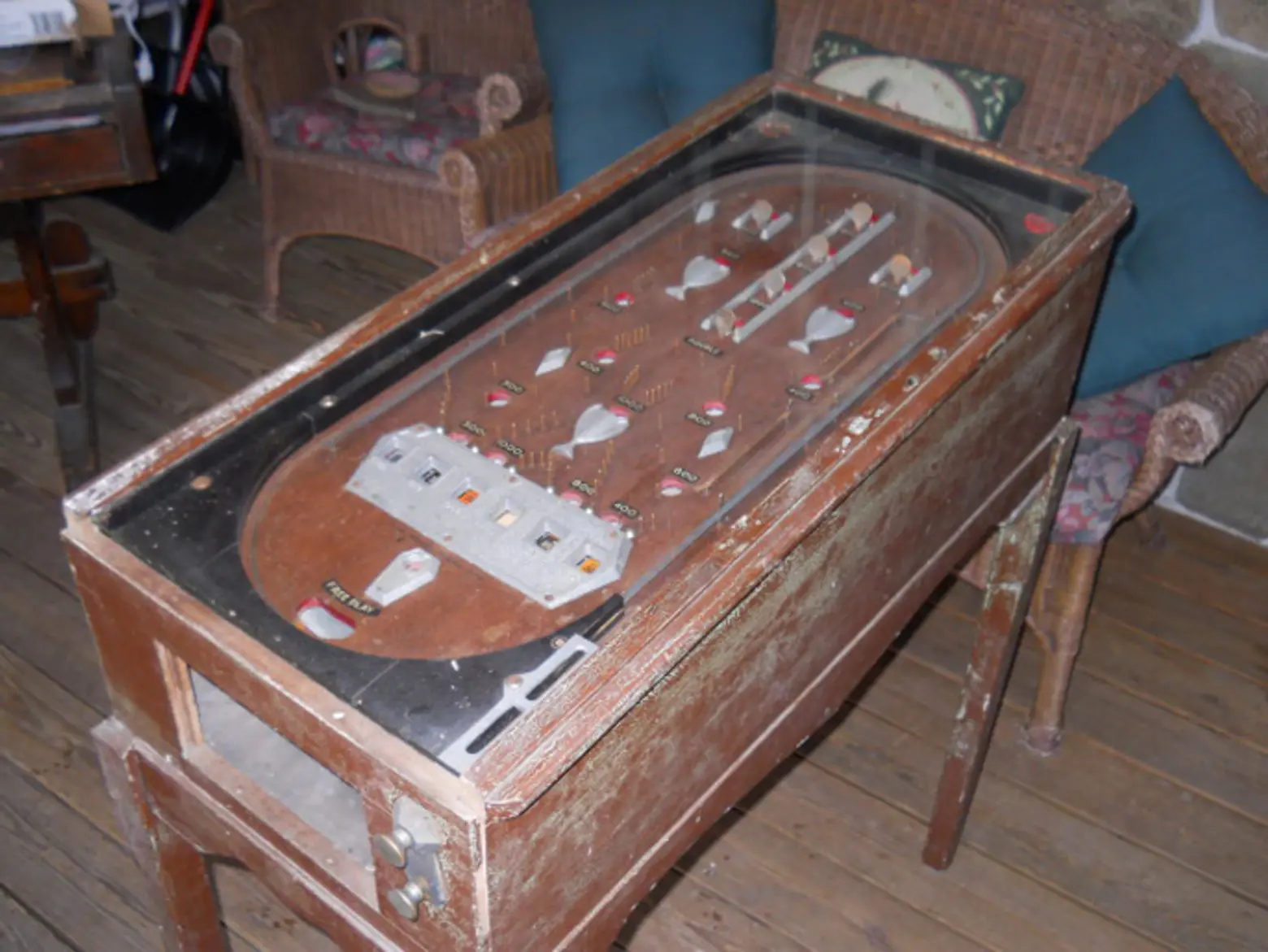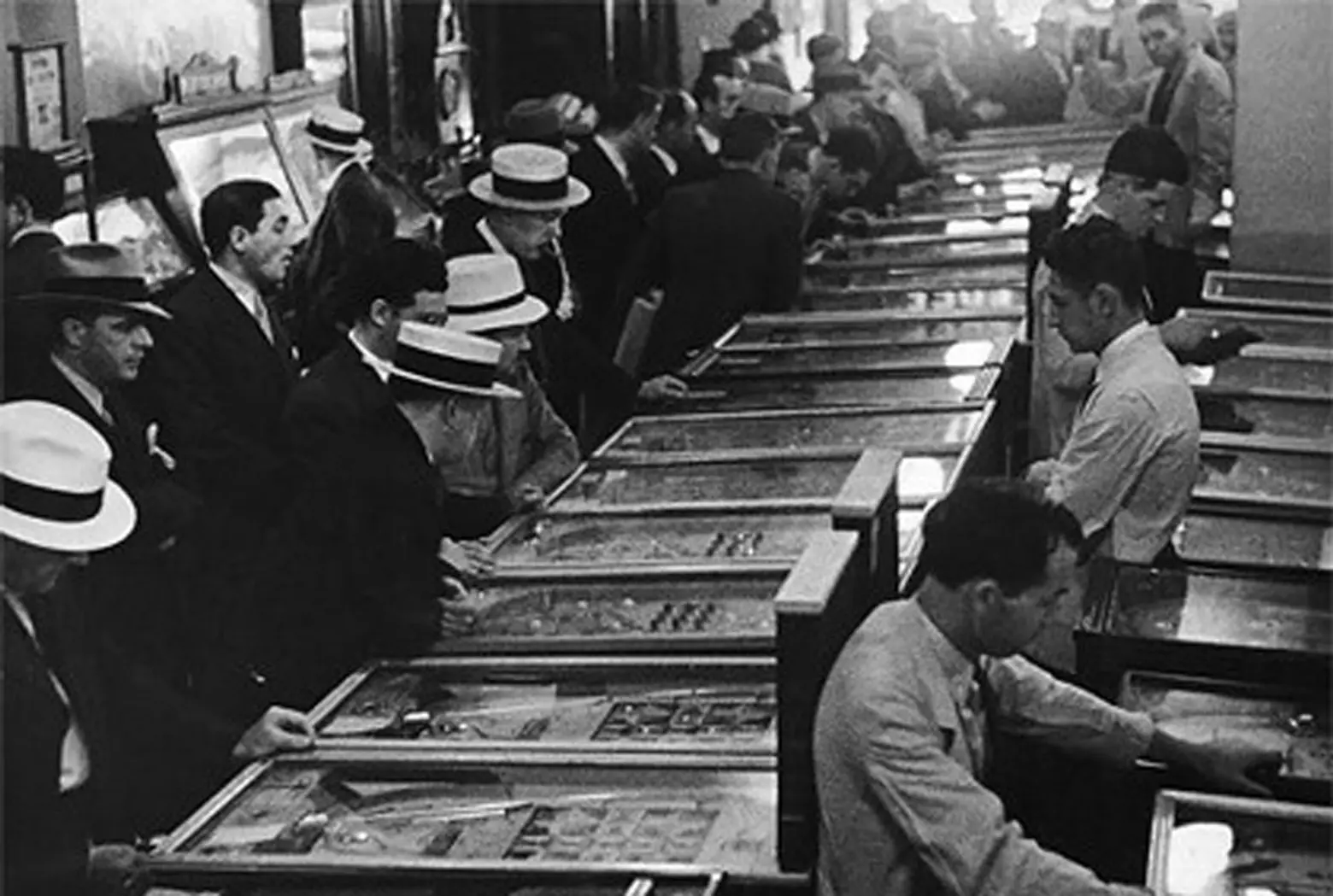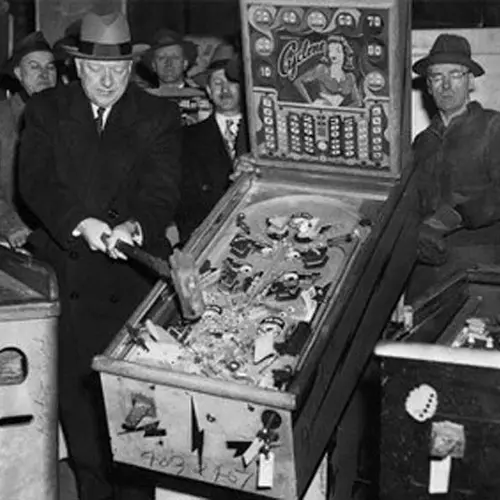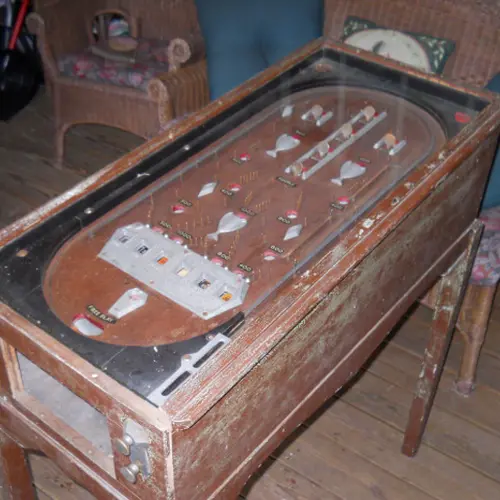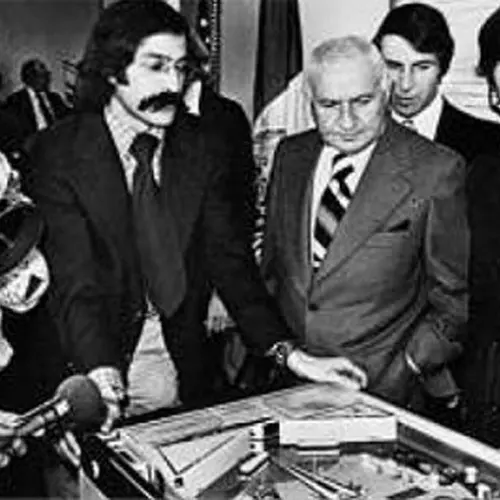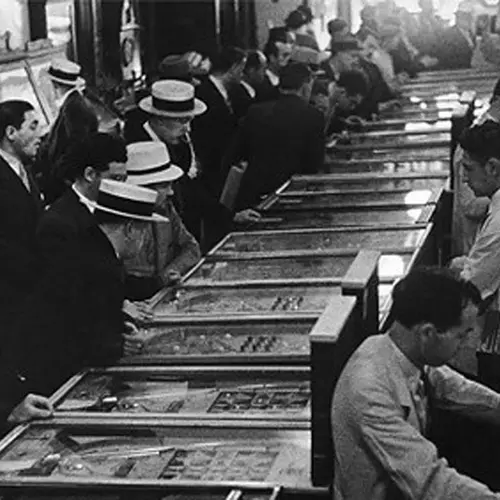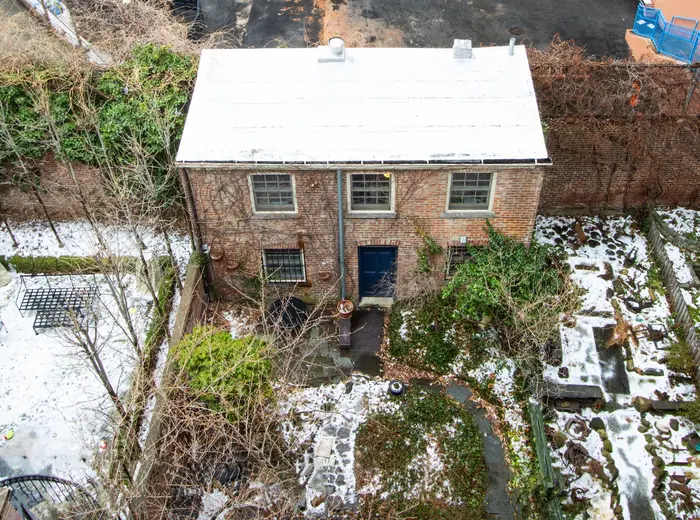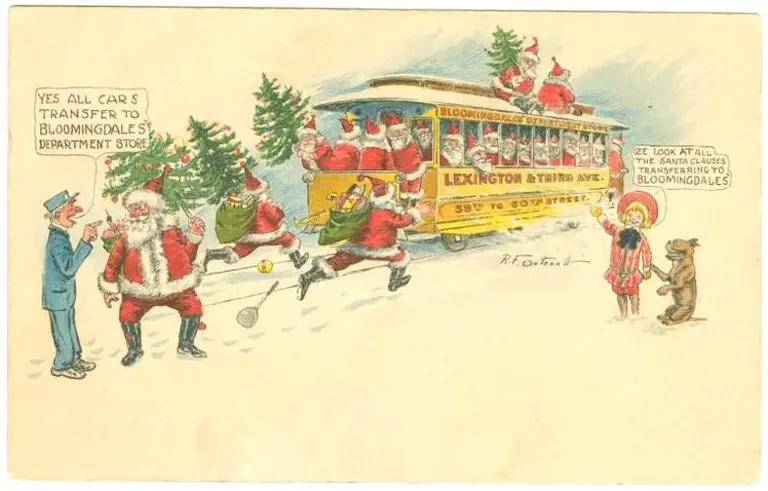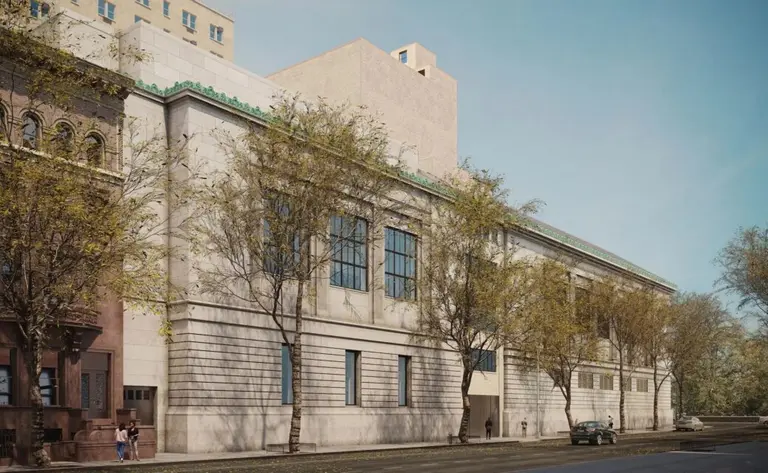Pinball Prohibition: The Arcade Game Was Illegal in New York for Over 30 Years
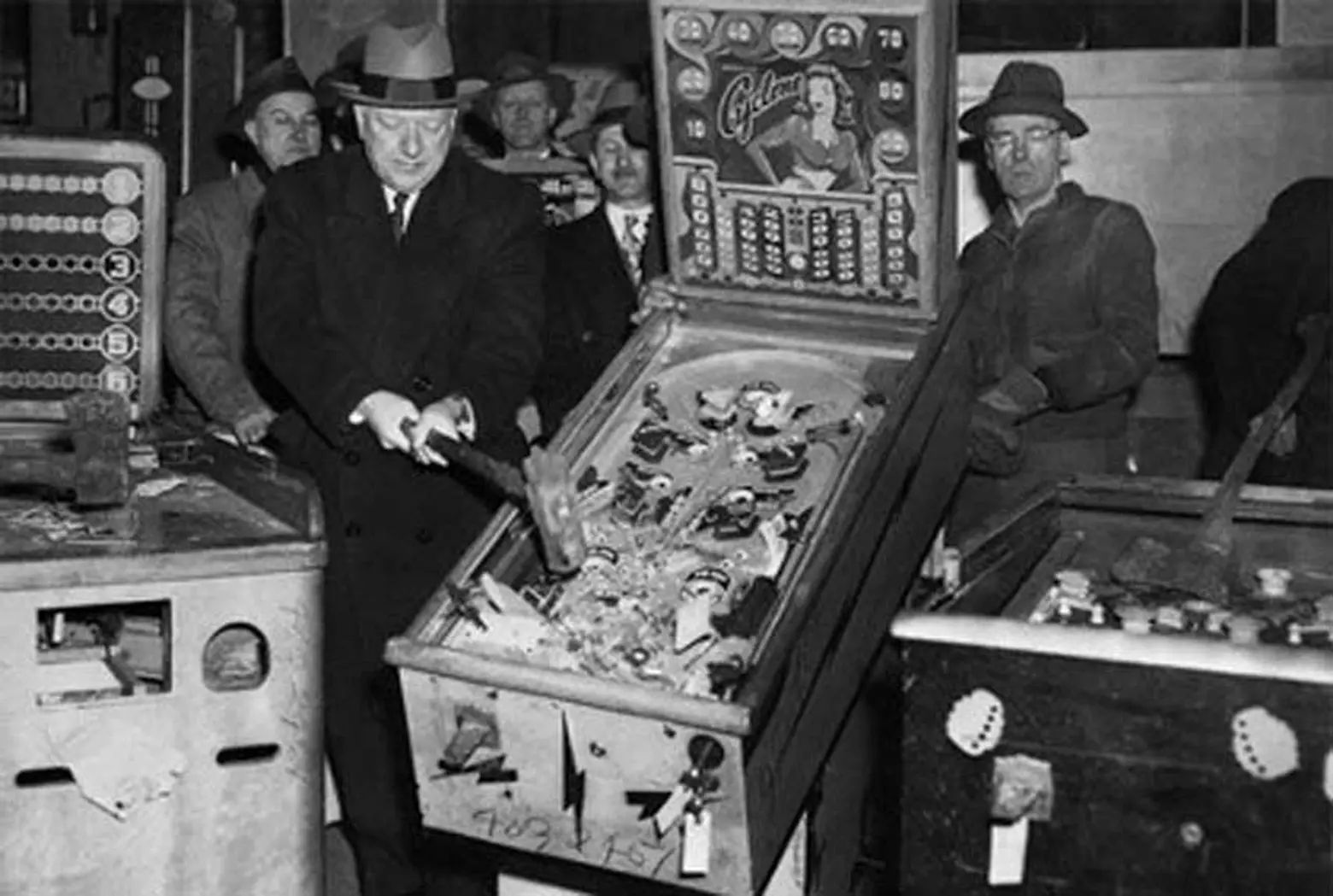
Police Commissioner William O’Brien smashing a pinball machine in 1949
It’s hard to believe, but between the 1940s and ’70s pinball was actually banned in NYC, as well as other major cities like Chicago and Los Angeles, for its questionable ethics. While most of us consider the arcade game a wholesome activity, its first iteration was without the flippers and considered a form of gambling. From city raids to seedy backdoor operations, pinball prohibition lasted for more than 30 years, and efforts to get the beloved game legalized were equally dramatic.
Flippers weren’t invented until 1947, 16 years after coin-operated machines were first popularized and five years after the game had been ban. Sans flippers, players had to resort to bumping or pushing the game in order to change the trajectory of the pinball. With little skill needed to play, law makers considered it to be a game of luck and very similar to gambling. Many of these government officials, one of them being New York Mayor Fiorello LaGuardia, believed pinball to be a mafia-run racket. LaGuardia wrote in a Supreme Court affidavit that pinball was stealing money from kids in the form of nickels and dimes given to them as lunch money.
The actual banning of the game was executed in New York quite dramatically, as the announcement was made just a few weeks after Pearl Harbor was attacked. To ensure a pinball-free New York, Mayor LaGuardia issued a city-wide mandate for the police to round up pinball machines and arrest their owners. Thus pinball went underground and was moved behind the scenes, often in porn shops located in neighborhoods like the East Village and Harlem. Thousands of machines were rounded up in just a few days, but not before the Mayor and Police Commissioner smashed them with sledgehammers. They were then dumped in the rivers.
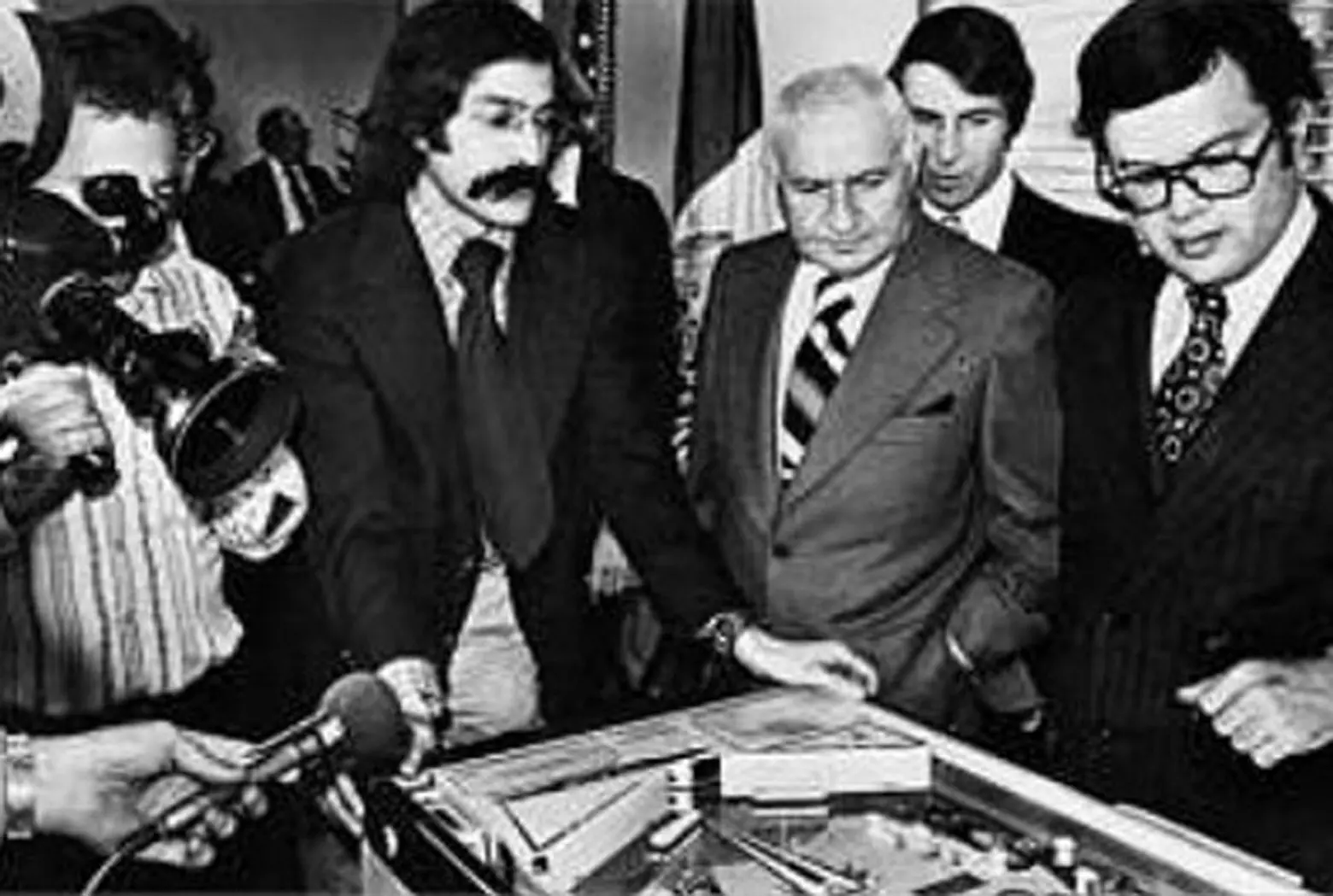
Roger Sharpe in action
Police were still raiding illegal pinball operators through the 1970s, but finally in 1976, the ban was lifted after a clever 26-year-old magazine editor named Roger Sharpe proved to skeptical government officials that with the sliders in place pinball was in fact a skillful pursuit. He brought with him to the demonstration two machines in case one did not work. Judging parties questioned the integrity of the first machine and made the young man use his backup. Unfortunately for Sharpe he was less familiar with this game and his playing fell short of convincing. But in a last minute attempt, Sharpe called out the trajectory of the pinball based on one shot. The ball did exactly as he described, and the skill needed to play pinball was no longer in question.
RELATED:
